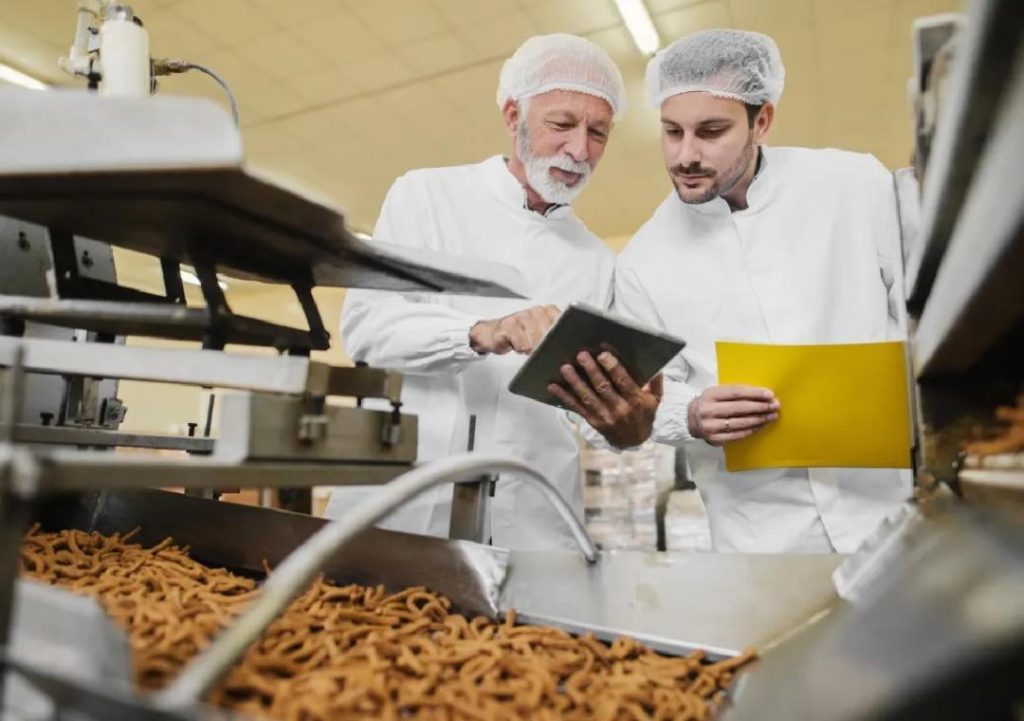
Can P&L Optimisation Redefine Success in Food Technology?
The food technology industry is known for its complexities, from sourcing high-quality ingredients to managing supply chain logistics. However, one crucial aspect that often gets overlooked is the profit and loss (P&L) operations. Effective P&L management can make or break a business, as it directly impacts profitability and growth. In recent years, food tech companies have started to recognize the importance of P&L optimisation, and the results are nothing short of remarkable.
In this blog post, we’ll explore how P&L optimisation can redefine success in the food technology industry. We’ll delve into the challenges faced by food tech companies, the benefits of P&L optimisation, and the strategies that are helping businesses thrive in this competitive landscape.
Challenges in the Food Technology Industry
The food technology industry is characterised by high competition, rapid innovation, and intense pressure to reduce costs. Food tech companies face numerous challenges, including:
- Fluctuating ingredient prices: Food prices can fluctuate wildly, making it difficult for businesses to predict costs and manage profitability.
- Supply chain disruptions: Disruptions in the supply chain can lead to stockouts, overstocking, and wasted resources.
- Evolving consumer preferences: Consumer preferences are constantly changing, requiring food tech companies to adapt quickly to new trends and demands.
- Regulatory compliance: Food tech companies must comply with strict regulations, such as food safety and labeling standards, which can be time-consuming and costly.
The Benefits of P&L Optimisation
P&L optimisation can help food tech companies overcome these challenges and achieve sustained success. By streamlining P&L operations, businesses can:
- Reduce waste and inefficiencies: Automation and smart inventory systems can help identify and eliminate waste, reducing costs and improving profitability.
- Sharpen demand forecasting: Data analytics and machine learning algorithms can help predict demand more accurately, enabling businesses to make informed decisions about production and inventory.
- Support better decision-making: With real-time data and insights, food tech companies can make data-driven decisions about pricing, production, and inventory management.
- Boost margins and ensure sustainable growth: By optimising P&L operations, businesses can increase profitability and ensure sustainable growth in the long term.
Strategies for P&L Optimisation
So, how can food tech companies achieve P&L optimisation? Here are some strategies that are helping businesses thrive:
- Implement automation and smart inventory systems: Automation can help streamline processes, reduce manual errors, and improve inventory management.
- Invest in data analytics and machine learning: Data analytics and machine learning algorithms can help predict demand, identify trends, and inform business decisions.
- Optimise production and inventory management: By optimising production and inventory management, businesses can reduce waste, improve efficiency, and increase profitability.
- Develop scalable business models: Scalable business models can help food tech companies adapt quickly to changing market conditions and ensure sustainable growth.
Case Studies and Success Stories
Several food tech companies have already achieved significant success through P&L optimisation. Here are a few case studies that demonstrate the impact of P&L optimisation:
- Food delivery company: A popular food delivery company implemented automation and smart inventory systems, reducing waste by 30% and increasing profitability by 25%.
- Meat processing company: A meat processing company invested in data analytics and machine learning, improving demand forecasting by 40% and reducing inventory costs by 20%.
- Food manufacturing company: A food manufacturing company implemented production and inventory management optimisation, reducing production costs by 15% and increasing profitability by 10%.
Conclusion
In conclusion, P&L optimisation is a crucial aspect of success in the food technology industry. By streamlining P&L operations, food tech companies can reduce waste, sharpen demand forecasting, and support better decision-making. With the right strategies and tools, businesses can achieve sustained growth, boost margins, and stay competitive in the industry.
Sources:
https://www.growthjockey.com/blogs/p-and-l-operations-in-food-tech






